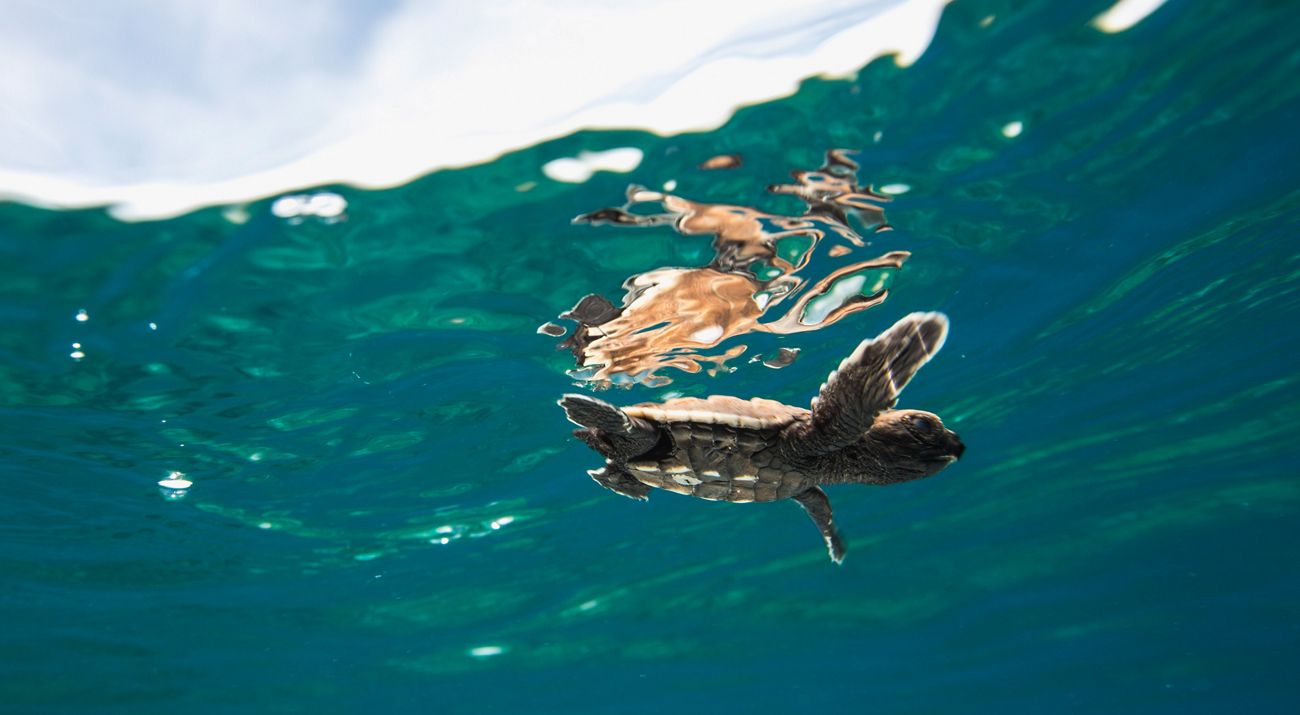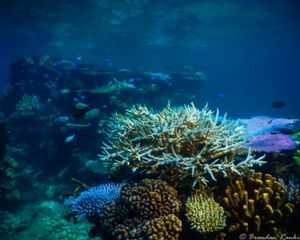A bold plan to save the world’s oceans
How we can save the oceans by providing debt relief for island nations and unlock $1.6 billion for ocean conservation
Key Takeaways
- Blue Bonds for Conservation leverage upfront philanthropy to catalyze as much as 40 times more in additional investments, which will be used to protect over 4 million square kilometers of the world's oceans in the next five years.
- How it works: TNC is helping 20 island nations refinance their national debt; the governments then use the savings to invest in marine protection efforts that will revitalize fisheries and protect coral reefs.
- But the full opportunity is even bigger—85 countries could use this approach to protect their ocean territories.
Trouble in paradise
There’s no longer any denying that our oceans are in a dire state. Overfishing has decimated global fish populations; climate change and ocean acidity are pushing coral reefs to the brink of extinction; and the loss of those reefs and other ecosystems has left coastal communities more vulnerable to the impacts of storms and rising sea levels.
Indeed, for many island and coastal nations, these are matters of life and death. Leaders of these nations want to protect the ocean—but too often they are struggling to manage their countries’ debt and unable to invest in the conservation efforts that would make their environments and economies more resilient.
The Nature Conservancy (TNC) has an audacious plan that can help these countries address their debt challenges, benefit more than 40 million people and conserve 15 percent more of the world’s oceans than are currently protected—in just the next five years.
We’re calling it: Blue Bonds for Conservation.
What are Blue Bonds?
Blue Bonds for Conservation are an opportunity for island and coastal nations to reinvest in their natural resources by refinancing their national debt in a way that secures funding for conservation work that also benefits their economies.
Here's how it works:
- The countries’ governments commit to protect at least 30 percent of their near-shore ocean areas, including coral reefs, mangroves and other important habitats, and engage in ongoing conservation work such as improving fisheries management and reducing pollution.
- Then The Nature Conservancy leverages public grants and commercial capital to restructure the nations’ sovereign debt, leading to lower interest rates and longer repayment periods.
- A portion of those savings fund the new marine protected areas and the conservation activities to which the country has committed.
- We also lend our scientific expertise to the planning process and work with local partners to identify activities that combine conservation and sustainable economic opportunities, such as restoring reefs for tourism and improving fisheries management to help ensure buy in and compliance from all stakeholders.
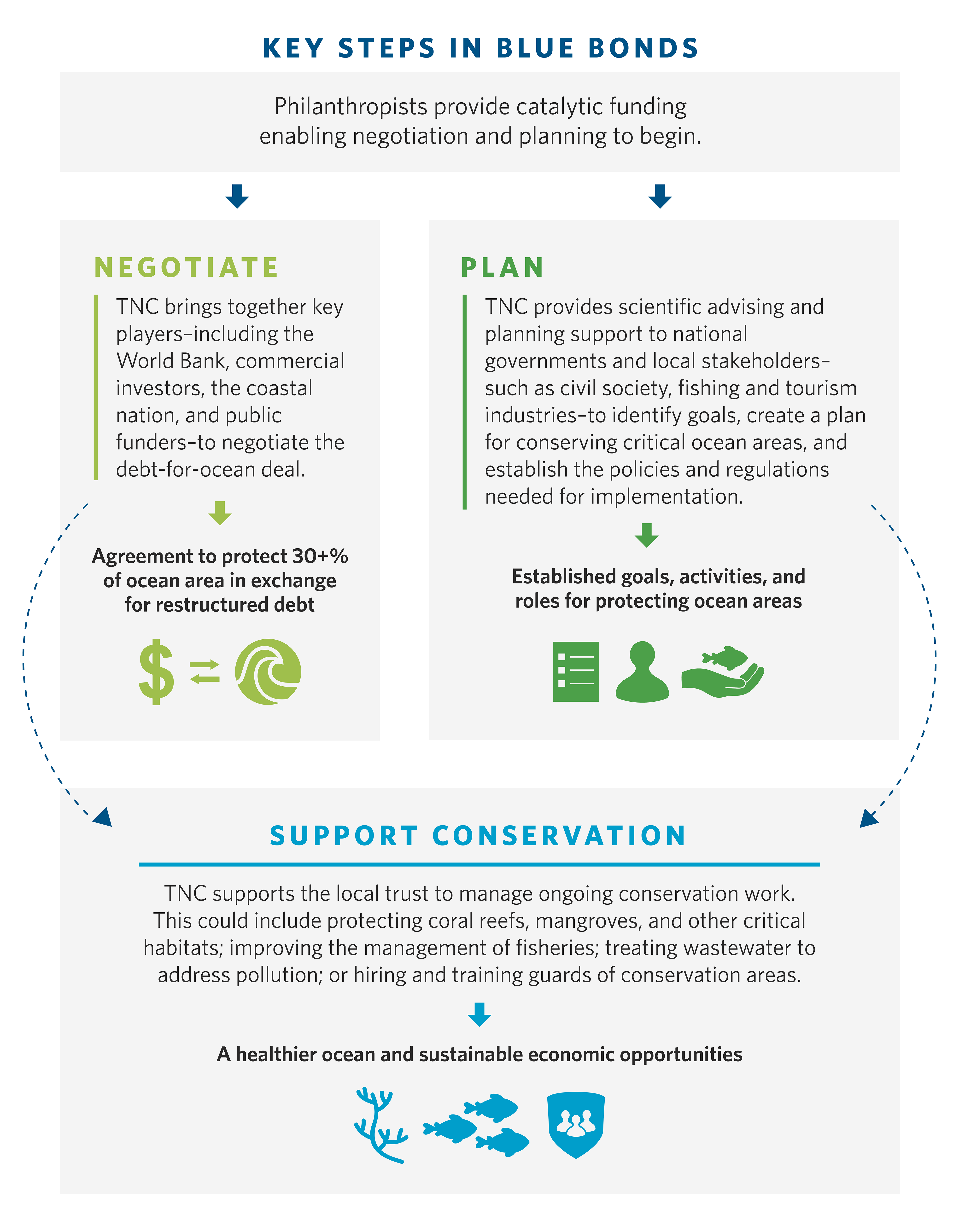 Are Blue Bonds effective?
Are Blue Bonds effective?
The idea might be bold, but we’ve seen that it can work. Cabo Pulmo National Park in Mexico's Baja Peninsula demonstrates what can be achieved when we give ocean environments an opportunity to heal: 10 years after the park’s establishment as a marine protected area, it has reversed the toll of decades of overfishing and increased fish stocks by over 400 percent.
 And we’ve seen that the debt conversion model that Blue Bonds are based on can produce conservation outcomes. In 2016, the Republic of Seychelles worked with The Nature Conservancy to restructure part of its national debt, freeing up US$430,000 per year for marine conservation. As of 2018, the government has established two marine protected areas covering 210,000 square kilometers of ocean areas—taking the country over halfway to its goal of protecting 30 percent percent of its marine territory by 2020.
And we’ve seen that the debt conversion model that Blue Bonds are based on can produce conservation outcomes. In 2016, the Republic of Seychelles worked with The Nature Conservancy to restructure part of its national debt, freeing up US$430,000 per year for marine conservation. As of 2018, the government has established two marine protected areas covering 210,000 square kilometers of ocean areas—taking the country over halfway to its goal of protecting 30 percent percent of its marine territory by 2020.
Saving our oceans
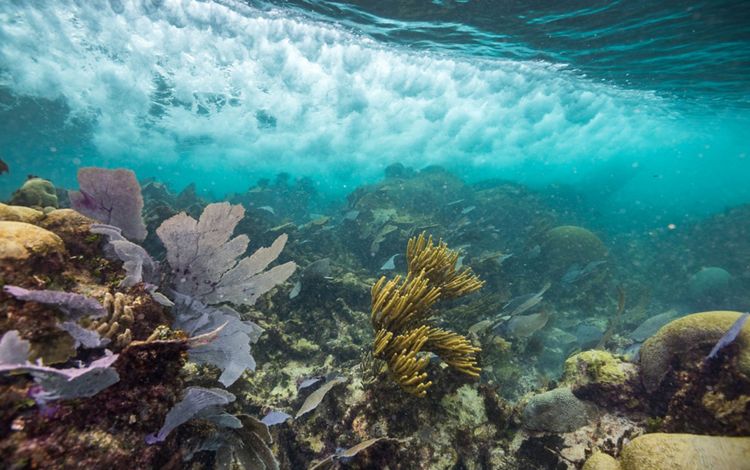
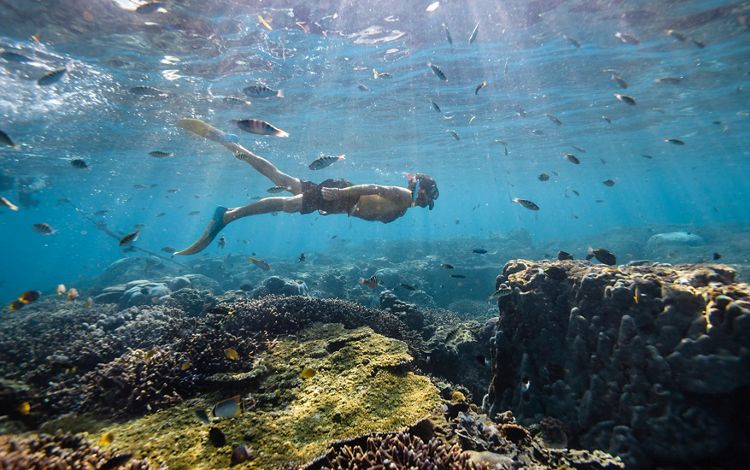
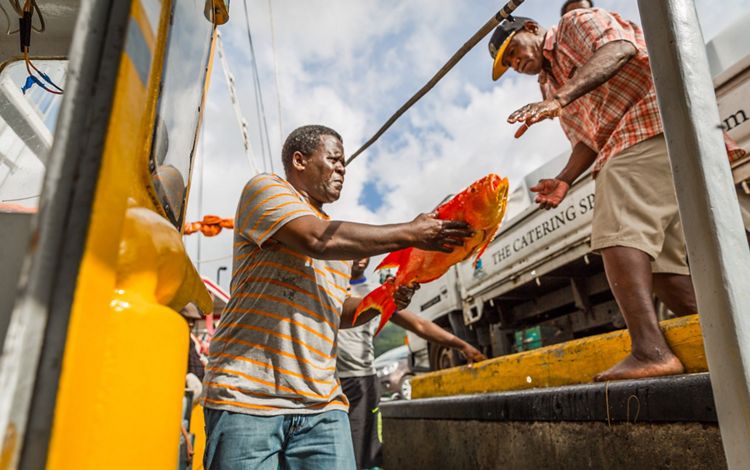
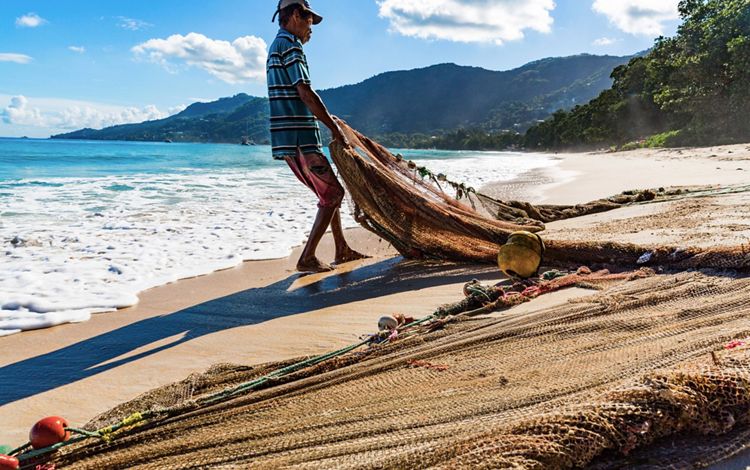
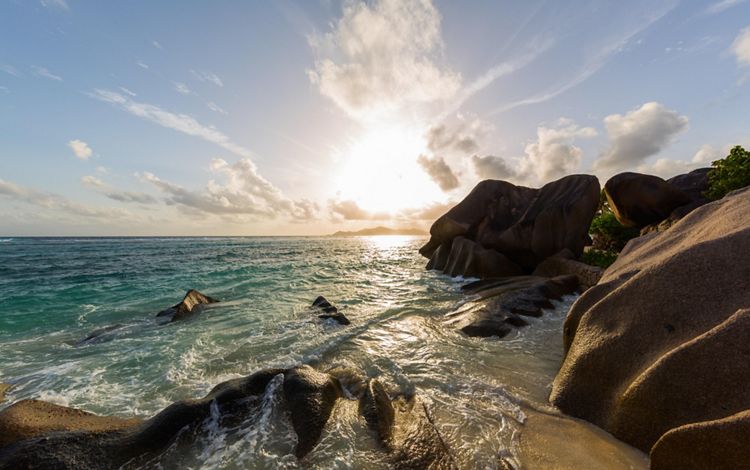
Catalysing investment
Blue Bonds create a win-win-win situation: the national governments get significant financial savings to invest in natural resources that support their economies; local communities, in turn, see their livelihoods and cultural heritage protected; and the donors who provided the original seed funding realise incredible leverage on their philanthropic investment—a multiplier of up to 40 times.
TNC is working with 20 island and coastal countries in the Caribbean, the Pacific Islands and the West Indian Ocean to improve marine area management and create new marine protected areas over the next five years. If we can raise US$40.5 million in philanthropy, we can catalyse investments of up to US$1.6 billion for ocean conservation.
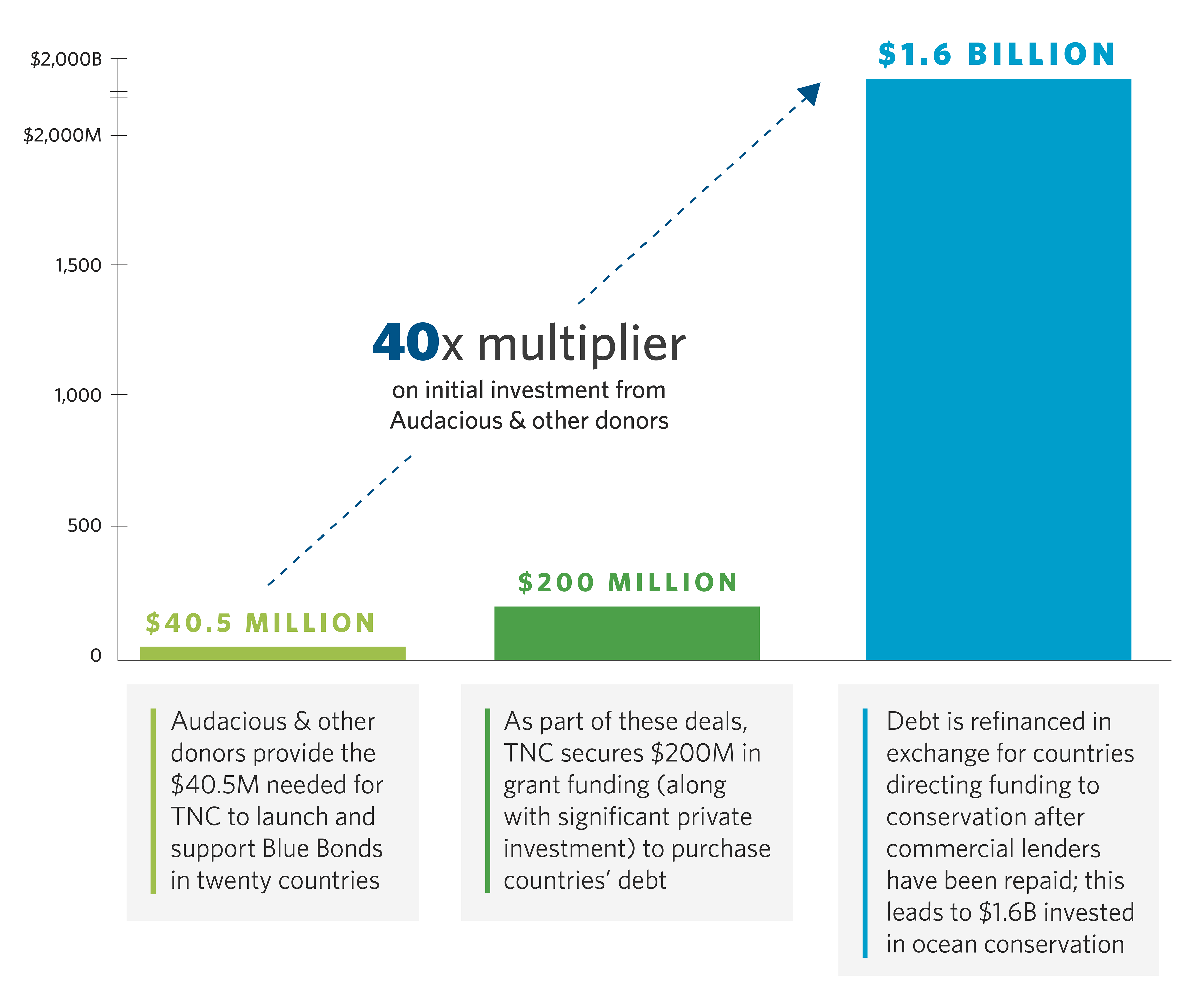 These new protected areas will collectively protect 4 million square kilometers of ocean—a 15 percent increase in the amount of protected ocean that currently exists. Half of these protected areas will allow some fishing and other economic activities, while half will be set aside as “no-take” zones, allowing fish stocks to recover.
These new protected areas will collectively protect 4 million square kilometers of ocean—a 15 percent increase in the amount of protected ocean that currently exists. Half of these protected areas will allow some fishing and other economic activities, while half will be set aside as “no-take” zones, allowing fish stocks to recover.
 These territories are home to 13 percent of the world’s coral reefs, and customised marine protection plans would ensure the reefs are protected and restored. Those healthy reefs in turn provide habitat for fish, sea turtles and other marine species; they can also “seed” surrounding reefs by spreading coral larvae through ocean currents. And protecting these areas will ultimately benefit the 43 million people who live near coastlines through more sustainable economies and stronger resilience to climate change.
These territories are home to 13 percent of the world’s coral reefs, and customised marine protection plans would ensure the reefs are protected and restored. Those healthy reefs in turn provide habitat for fish, sea turtles and other marine species; they can also “seed” surrounding reefs by spreading coral larvae through ocean currents. And protecting these areas will ultimately benefit the 43 million people who live near coastlines through more sustainable economies and stronger resilience to climate change.
A pivotal moment for ocean conservation
A 15 percent increase in protected ocean across 20 countries, in just five years, already represents an ambitious plan—but the potential scale is even greater. In fact, TNC estimates there are 85 countries that could use these strategies to develop more resilient economies through marine conservation, opening the door to even greater ocean protection.
The size of this opportunity is matched by the urgency of our current moment, however. We’re at a pivotal point where establishing marine protected areas and other interventions can have a significant impact on the state of the world’s fisheries, ocean biodiversity and coastal resilience. But the window of opportunity before ocean degradation becomes irreversible is growing ever smaller.
Get the latest updates on our work
Find out how we're helping to conserve Australia's iconic natural landscapes and crucial wildlife habitats.
Global Insights
Check out our latest thinking and real-world solutions to some of the most complex challenges facing people and the planet today.
